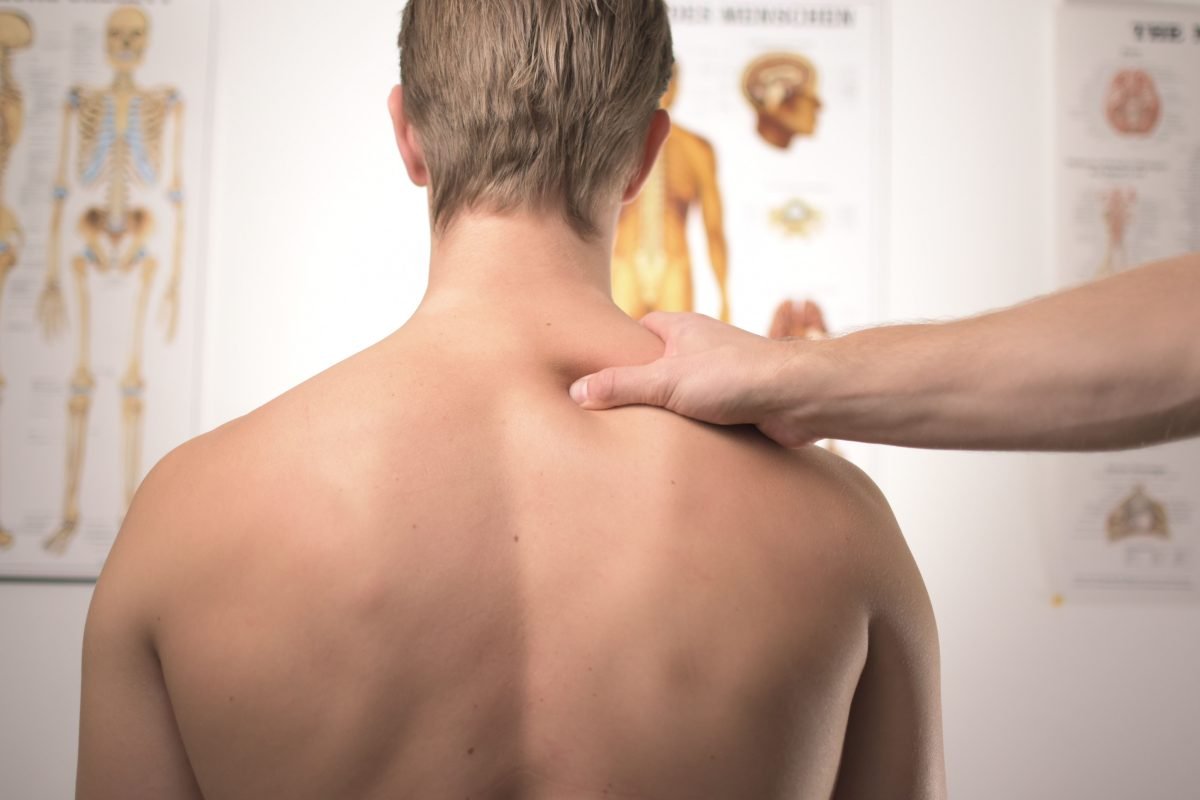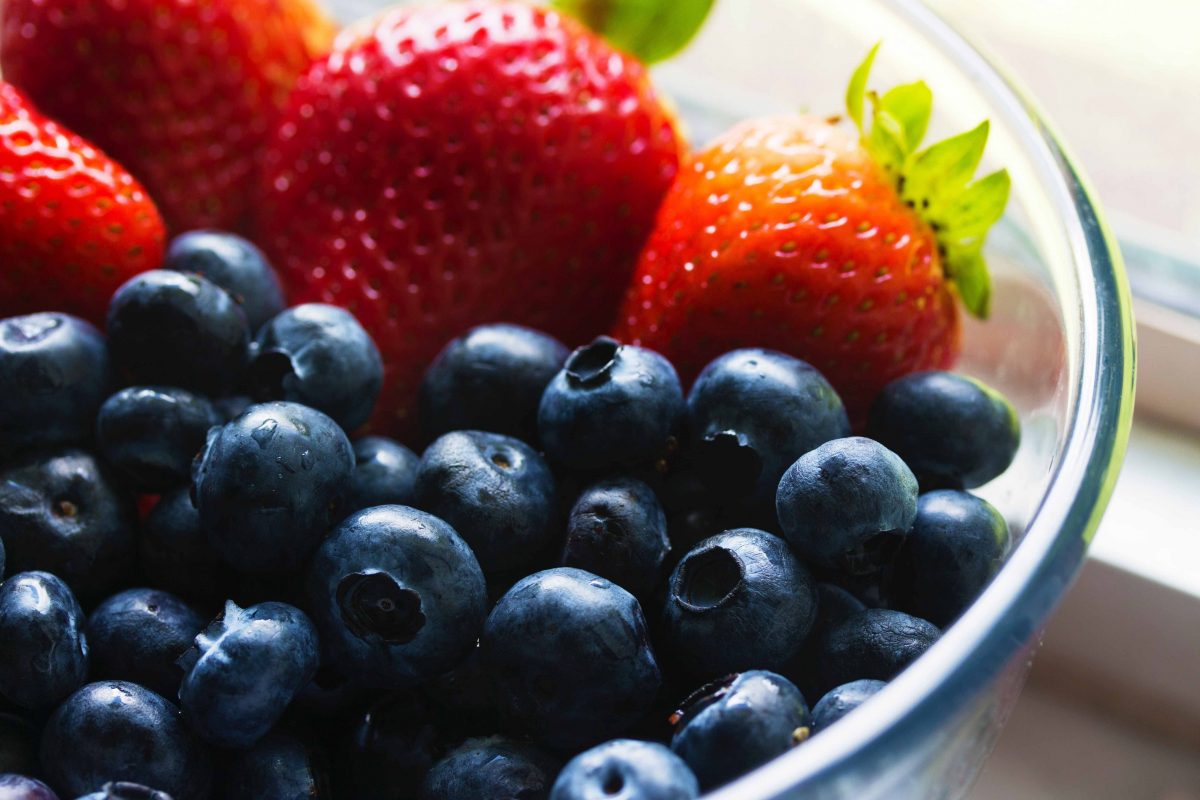Perhaps you've been told you should have a rest day? Maybe you think a rest day will hold you back from the results you're looking for?
You might even be aware that rest and recovery isn't just desirable, it's essential for a healthy and productive training regime. But what are the exact strategies than can be used to enhance and accelerate recovery?
More...
Passive rest - a 'traditional' rest day

Doing absolutely nothing for a day or two might seem odd, but it can maximise your training gains.
Muscle repair and refuelling are hindered by exercise. Although very light activity during recovery can sometimes be useful, complete rest is usually best to allow your muscles to properly recover.
For the most part, everyone (even elite athletes) should take at least one day a week of complete rest.
If you're a recreational exerciser, you'll probably benefit from two days of complete rest each week. Alternatively, you could benefit from one day of passive rest and one day with some active rest.
READ ALSO: Training and Recovery
Active rest

When is a rest day not a rest day?
Active rest does not involve just training gently. It means resting without being completely inactive. That might mean a gentle walk, some stretching or a few lengths up and down the pool.
The purpose of active rest is to mobilise muscles and joints in order to improve blood flow.
This helps the removal of metabolic by-products created by vigorous exercise and helps increase nutrient delivery to hungry muscles.
Some studies have shown that active rest can help reduce the severity and duration of DOMS. There’s also evidence that it can help maintain mobility following a particularly hard work out.
The 'danger' of active rest is that it can unintentionally turn into a light training session. Clearly this will defeat the point and deny your body the rest it needs so don't go too hard.
active rest
The purpose of active rest is to mobilise muscles and joints in order to improve blood flow.
Deep rest - when a day is not enough
While scheduling in weekly rest days is essential, it may not be enough to allow the body to become deeply rested.
Many athletes find that having a rest or 'deload' week each month beneficial. Some even find a rest month each quarter enables them to train cyclically.
This periodised approach helps reach training peaks that just wouldn't be possible using the same routine week in week out. These rest weeks and rest months are relative of course.
3 or 4 days off training won't result in a huge loss of conditioning.
There is however some deconditioning after a week off, and a substantial loss of fitness after a month off.
If you're a runner, cutting your mileage in half and staying away from intervals might be a sufficient rest without sacrificing too much in the way of performance. Similar approaches might be taken for other training programs and forms of exercise too.
Extended warm down
Although taking an extended warm down prolongs the duration of your workout, research shows that it can reduce the effect of DOMS.
Not only will your muscles be less sore, it can also reduce post exercise immune suppression.
Around 15 minutes of gentle movement immediately following your workout can be enough to produce benefits.
Rest day option - book a massage

Apart from being thoroughly relaxing in its own right, massage can play a vital role in speeding recovery.
In a nutshell, the stroking movements in massage increase the pressure in front of the therapist's hands and a vacuum behind. This action can help to suck fluid through blood and lymph vessels.
Pores in tissue membranes will open, enabling fluids and nutrients to pass through. The combined effect is to help flush out waste products and debris from your muscles. Fresh oxygen-carrying blood can enter, thereby delivering nutrients and speeding recovery and healing.
The best time to have a massage is generally within 24-48 hours of intense training. Click here to find out more about massage.
Benefits of massage
- Promotes blood flow and tissue repair
- Calms your nervous system
- Can alleviate aches and pains
Nutrition

Refuelling is a vital part of recovery
The two key nutrients that are needed are amino acids (from protein) and carbohydrate.
The amino acids are used for muscle repair and regeneration while the carbohydrate to refuel the muscles with glycogen.
A priority therefore is to consume a drink or meal containing ample of both of these nutrients in the time around the workout.
You should look to include some quick releasing (higher GI) and some slower releasing (low GI) to ensure both a rapid and sustained supply of carbohydrate to the muscles.
I also recommend a quickly digested protein such as whey in order to supply muscles with amino acids more rapidly. Ideally, the meal should also be low in fat since fat hinders digestion and absorption. After all, speedy replenishment is the name of the game here.
Without doubt, the easiest and most efficient method is to use a recovery drink.
These are formulated to provide around 2 parts of carbohydrate to 1 part of protein. They often contain other added nutrients such as electrolytes to replace minerals lost through sweating.
If you use only one sports nutrition product, a post-workout recovery drink should be top of your list.
Hydration is also critical.
As a general rule, fluid replacement isn’t a 100% efficient process. You should therefore consume 50% more fluid than the weight you lose during a workout.
For example, if you lose a kilo of bodyweight during training, you need to drink around 1500ml of fluid. If you’ve sweated heavily, some electrolyte minerals will be needed too.
This is where fluid replacement drinks can come in handy.
Stretching
Stretching can help in many ways, though it hasn't been shown to reduce the effect of DOMS.
Flexibility and mobility work will help with maintaining range of movement and alleviating stiffness.
You'll feel the benefit when it comes to improved performance in subsequent training sessions.
Stretching reminder
- Hold stretches for 20 seconds or more
- Stretch to the point of mild discomfort - not pain
- Remember to breathe and relax
Will a rest day truly help my workouts?
You can train as hard and as often as you like, but without proper attention to rest and nutrition, you won’t recover properly and reap the benefits of your hard work.
Proper recovery then should be your number two priority, after proper training.

